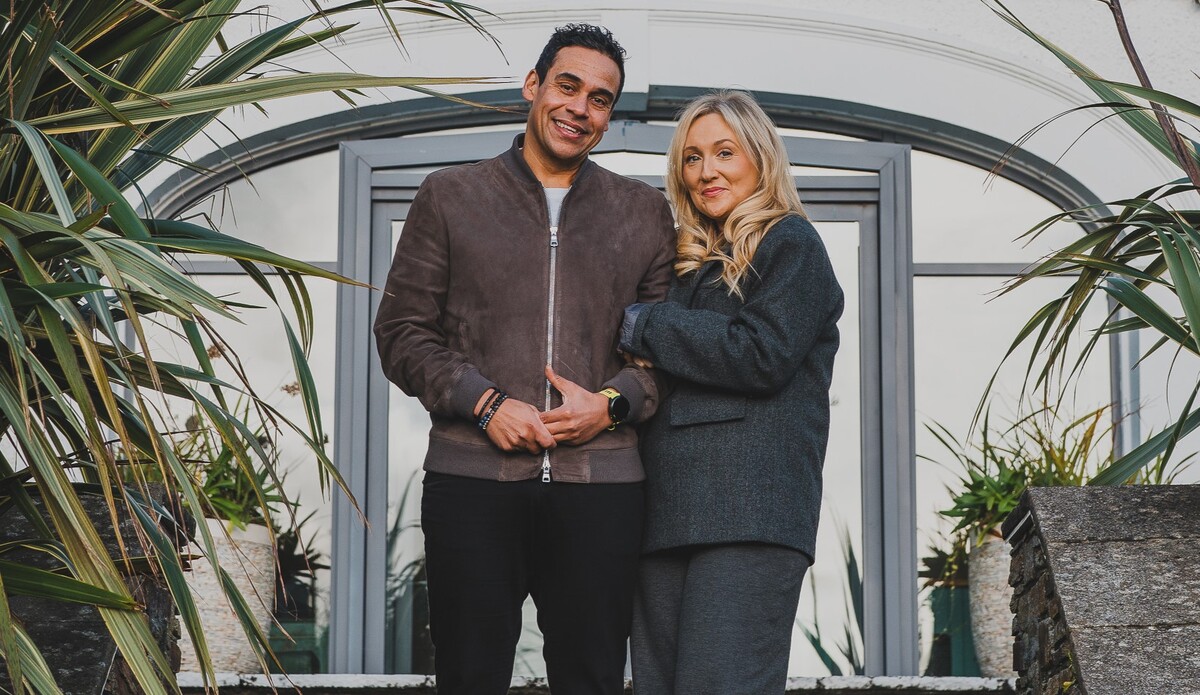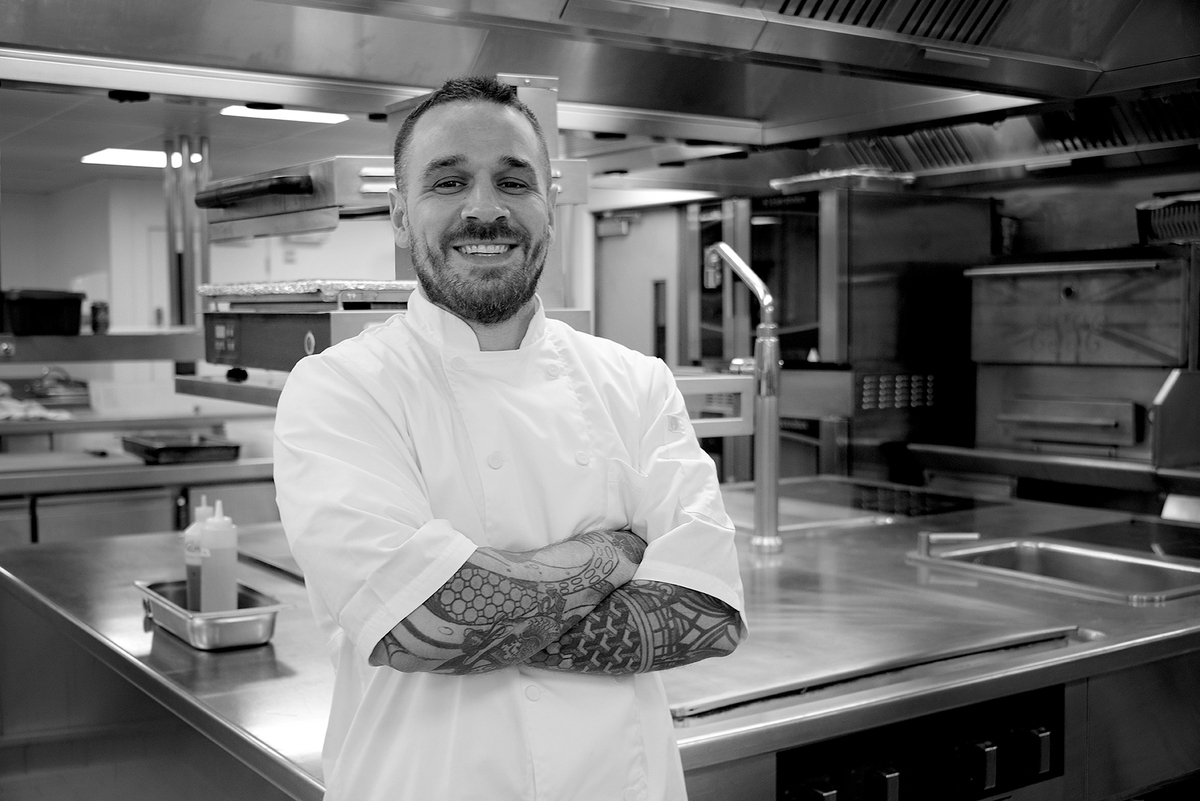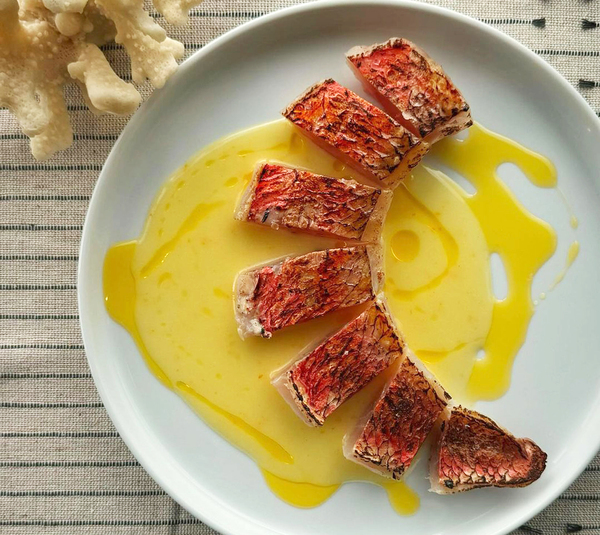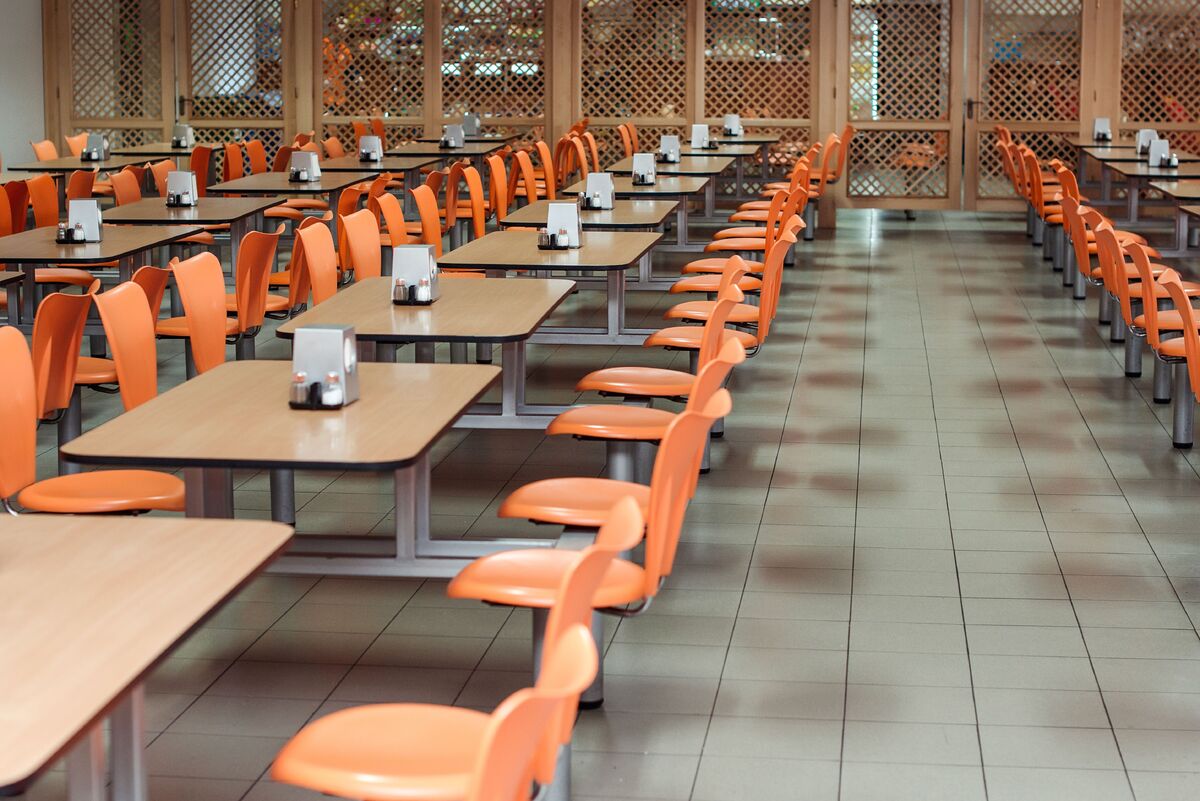Book review: The Noma Guide to Fermentation
One theory of how leavened bread was invented is that an ancient Egyptian accidently left a mix on the side, which picked up naturally occurring yeast spores. René Redzepi of the two-Michelin-starred Noma in Copenhagen continues this tradition in the first sentence of the latest educational tome to come from the restaurant: "Our story with fermentation is a story of accidents".
Even as it develops an air of cool, fermentation is a hard sell. It is a set of skills few are taught. Customers can still feel uneasy about anything that wasn't fresh from a supplier that day, let alone a year beforehand. But as the book notes, without it, "there is no kimchi, no fluffy sourdough bread, no Parmigiano, no wine or beer or spirits, no pickles, no soy sauce. There is no pickled herring or rye bread. There is no Noma."
This book should serve as a bible of the techniques for turning rot from a foe to a friend. Redzepi has always been careful in his books to demystify his era-defining restaurant, walking us through the people, places and stumbling blocks that came to make it the "best restaurant in the world". The Noma Guide
Thankfully there are two things that make it distinct from other Noma books. First, you do not have to scrub around the Danish countryside for ingredients â" most are easily accessible from a supplier. Second, while richly illustrated, this is not a coffee-table book. Pictures are laid out, often step by step, to reassure the reader through new techniques.
There have been many books on fermentation and there will no doubt be many more, but few can claim to have the accessibility, the intricacy and the pedigree of the Noma Guide. Whether new to fermentation or looking to develop your skills, this is a vital investment in your education as a chef.
The Noma Guide to Fermentation, by René Redzepi and David Zilber (Artisan, $40/£31
Recipe of the week: Black garlic >>















